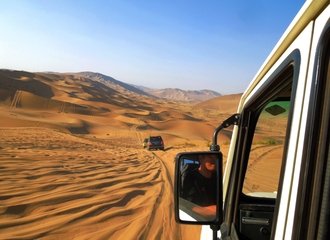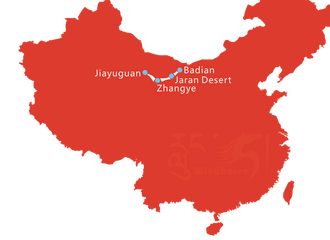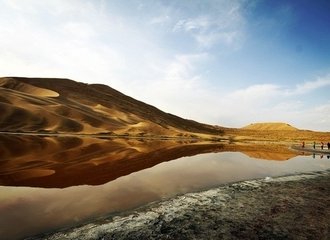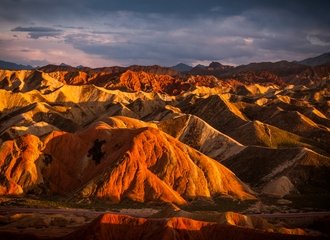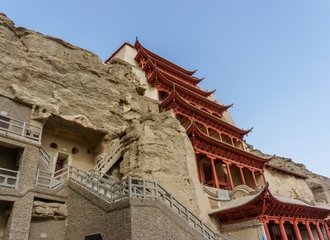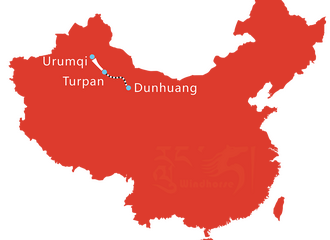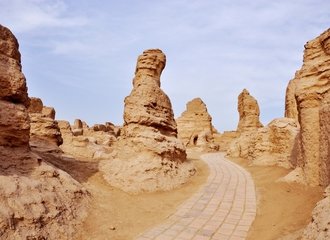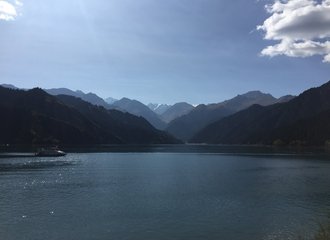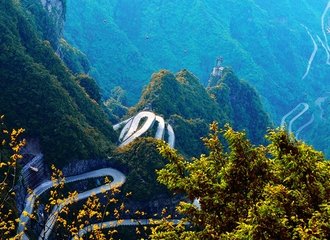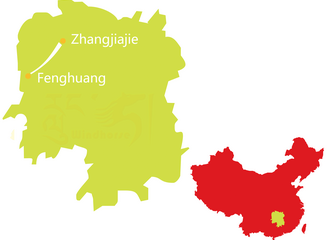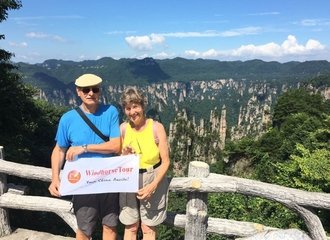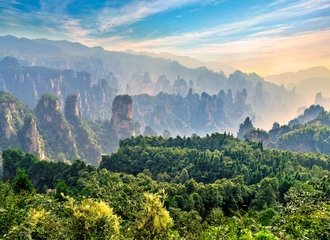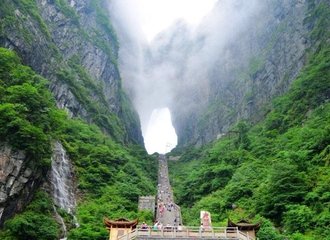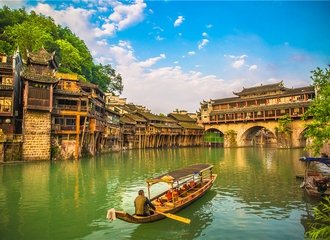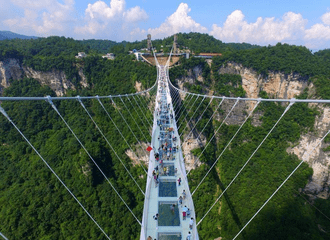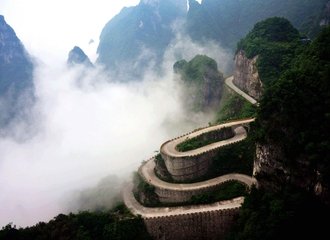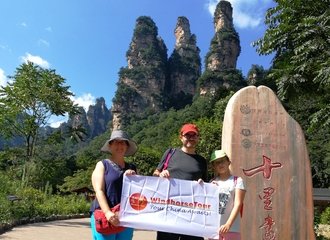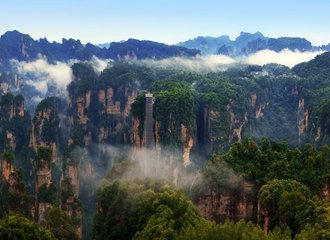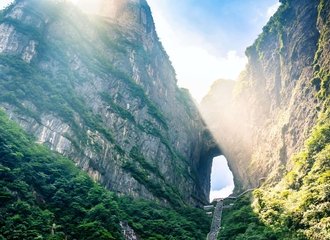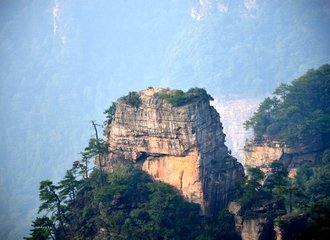People in Tibet
The Lhoba (Luopa) People
The Lhoba (often spelled Luopa or Lopa) are one of the smallest officially recognized ethnic groups in the People’s Republic of China.“Lhoba” is a collective term that the central government used to group various tribes living primarily in the southeastern part of Tibet, mostly found in Nyingchi Prefecture (including counties such as Mainling, Medog and Zayu.
Culture and Lifestyle
Most of them live by farming. The Luopa people are very skillful. Their handworks plaited with bamboo are exquisite. Both of the two races only have oral language (part of the Tibeto-Burman language family), no written one. Most of them believe in their own aboriginal religion, with a few as Buddhists.
Their houses are often made of bamboo and wood, differing from the stone dwellings more common in higher-altitude areas of Tibet.
Religion and Customs
Belief systems vary among different Lhoba subgroups; many practice animism or shamanistic traditions that emphasize a strong connection with nature and ancestral spirits. In some areas, Tibetan Buddhism has influenced local customs due to long-term interaction with Tibetan neighbors. Though monogamous marriage is the main marriage form, polygamy still exists. In the past, they had a behind-hand economy and medical treatment due to the poor transportation of their regions. Now the state is rapidly improving under the support of the government.

The Sherpa
The Sherpa people mainly live in Dingkye and Nyalam of Shigatse. Sherpa means oriental in Tibetan. Sherpa are famously associated with the mountainous regions of eastern Nepal—particularly around Mt. Everest—they also have communities in Tibet, Bhutan, and northern India. Historically, many Sherpa groups migrated across the Himalayan passes, and some settled in border regions between Nepal and Tibet.
Culture and Lifestyle
Sherpas are renowned globally for their mountaineering skills, guiding and supporting climbing expeditions on some of the world’s tallest peaks.
Traditionally involved in herding, farming, and trade, many Sherpas have turned to tourism and mountaineering-related activities in modern times.
They speak the Sherpa language (a member of the Tibetan language group) and also commonly speak Nepali or Tibetan, depending on their location.
Religion and Practices
Sherpas generally follow Tibetan Buddhism, specifically the Nyingma and Kagyu schools. Monasteries and spiritual traditions play a significant role in community life, and festivals celebrating Buddhist events are central to their calendar.

Han Chinese in Tibet
Han Chinese is the second largest population in Tibet. The Han Chinese are also the largest ethnic group in China. Most of them are cadres and technicians dispatched to Tibet to help its development. Most of the Hui People now living in Tibet are those who immigrated there from other provinces during the Qing Dynasty (1644-1911), mainly engaged in business, handicraft industry, government administration, infrastructure projects, and the service sector (shops, hotels, restaurants) and butchering.
Demographics and Location
Today, Han Chinese residents in Tibet tend to be concentrated in urban centers like Lhasa (the regional capital), Shigatse, Nyingchi, and towns along major infrastructural routes such as the Qinghai–Tibet railway.
Cultural Interaction
There is ongoing cultural exchange between the Han Chinese and Tibetan communities, seen in commerce, language, and intermarriage.
However, demographic and cultural shifts—including an increased presence of Han-owned businesses—are a topic of discussion and sometimes controversy in and outside the region.

Other People in Tibet
The Deng People
Compared with other races, Deng has a relatively smaller population. The Deng people mainly live in Dyayul, southeast of Tibet. They believe in ghosts, not god. The Deng people have their own language, but neither Sherpa nor Deng has written language. The Deng people keep a record of events by knotting ropes or making marks on wood.
Other Small Ethnic Groups in Tibet
Naxi and Nu
The Naxi and Nu are among other ethnic communities that also live within Tibet’s borders. Both groups, however, are smaller in number and are more commonly found in urban centers. The Naxi and Nu have their own unique traditions and cultural heritages, contributing to the diversity of Tibet’s ethnic landscape.
Final Words
Overall, Tibet is home to a mix of ethnic communities—among them Lhoba, Sherpa, Han Chinese, and, of course, the majority Tibetan people. Each group contributes unique cultural elements and has its own histories, languages, and traditions, all of which shape the richly diverse cultural tapestry of the Tibetan region.

